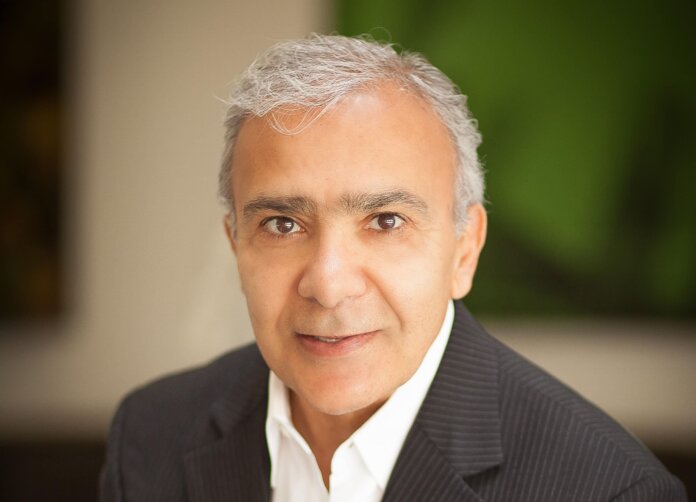BLOG VIEW: The continued growth in consumer-facing technology has paved the way for a better model of buying and selling real estate.
By leveraging online technology, buyers now have an unprecedented level of intelligence into properties for sale, and sellers are able to gain a better understanding of what buyers are willing to bid on.
However, not all real estate marketplaces are the same. A healthy marketplace is able to accommodate each buyer’s and seller’s specific need and, in doing so, promotes an active, engaged market in which all parties find success.
Building a healthy marketplace
At its core, a real estate marketplace should be able to provide an accurate read on pricing, paired with the ability to efficiently support the selling of real estate in any market condition. In a healthy marketplace, buyers will continually find attractive opportunities, sellers will receive market prices and qualified bids early and often, and the process of transferring ownership through the marketplace will be effective and risk-free.
Building a healthy marketplace requires heavy investments into technology to operate within changing market conditions, but more importantly it requires a team of knowledgeable and creative professionals that understand the real estate industry and how to maximize the tools at hand to provide the best disposition strategies.
This team should consist of both in-house professionals and on-the-ground partnerships, such as local sheriffs and real estate professionals, to provide solutions to some of real estate’s most complex challenges. These relationships help accurately – and quickly – process assets through the system, from the on-boarding of an asset onto the platform to the successful closing of a sale while ensuring all seller and legal requirements are met.
Transparency in a healthy marketplace
While buyers and sellers have unique needs, both parties require greater levels of transparency and access to market intelligence and information relating to individual properties. Buyers value having access to information specific to a property’s condition, the neighborhood in which it’s located, and, if it’s inhabited, the tenants themselves. This level of insight enables buyers to make more informed decisions about which properties to bid on and how to best leverage the asset, should they win. In doing so, buyers gain confidence to bid early and bid often, which helps ensure the health of the marketplace.
On the seller side, increased transparency takes the form of providing more insight into buyer interest on a particular property. A seller’s ultimate goal is to sell the asset quickly, efficiently and profitably, resulting in the best outcome on the investment. When sellers gain a better understanding of the types of properties buyers are looking to bid on, the price they are willing to pay, and the length of time comparable assets tend to remain on the market, they can more confidently manage their disposition portfolios through the marketplace.
Healthy marketplaces foster informed participation
A healthy, successful marketplace also requires a culture that fosters continuous improvement. The market changes rapidly, and buyers and sellers often lack the time and resources to keep up to date on every facet of change. It takes an experienced and dedicated team with proven industry expertise to lead this charge and support the needs of buyers and sellers. Additionally, healthy marketplaces should be scalable, with the capacity to support increased levels of demand from an increasing population of both buyers and sellers.
Technology, experienced staff and the ability to understand the market are at the foundation of a healthy real estate marketplace. These elements work together to form the best experience for buyers and sellers alike. Truly healthy marketplaces are those in which buyers and sellers are continually able to find success – ones that help sellers sell properties more quickly and profitably, while enabling buyers to gain unprecedented access to market insight and property information in multiple counties and states without the requirement of physically being present.
Ultimately, a healthy marketplace enables more qualified buyers to compete in a way that aligns with both seller and buyer objectives and, ideally, leaves both parties satisfied at the end of the process.
Javid Jaberi is executive vice president, operations, for Auction.com .











